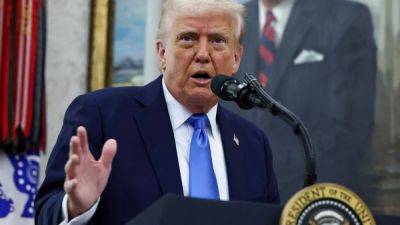Direct impact of US tariffs on EBRD to remain limited, says Chief Economist
The European Bank for Reconstruction and Development (EBRD), in its recently released Regional Economic Prospects report, cites the uncertainty surrounding trade policies among the main reasons for revising global growth projections for 2025 from 3.5% to 3.2%.
The US government has now threatened 25% tariffs on Canadian and Mexican imports and doubled levies on Chinese goods to 20%. While the direct effects of these policies have been widely discussed, the consequences for other countries remain unclear.
Uncertainty surrounding trade regulations can in itself “have a significant detrimental effect on trade, investment, and production”, said the EBRD. What will also determine global trade patterns is whether the tariffs are applied universally or selectively.
For EBRD regions, however, the direct impact of US tariffs is expected to be limited. According to EBRD Chief Economist Beata Javorcik: “The direct effect of possible US tariffs is going to be limited simply because relatively few countries in Eastern Europe or Central Asia export significant quantities to the US. What’s going to matter more is the indirect effect.”
Javorcik explained that diminished economic growth in advanced Europe will have a ripple effect on their trading partners in EBRD countries. Additionally, US policies may influence emerging markets through two critical channels – cuts to US financial aid and interest rates.
“Discontinuation of financial assistance is going to be felt in Ukraine, Lebanon, Moldova and Mongolia. At the same time, most observers expect the US interest rates to remain high for longer and that will mean higher borrowing costs in international markets for most countries. And this will matter particularly for countries with a high






